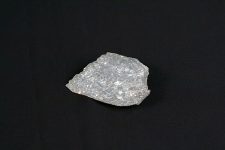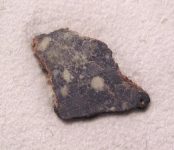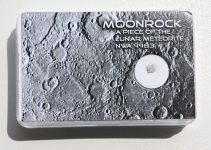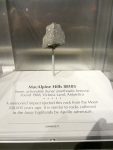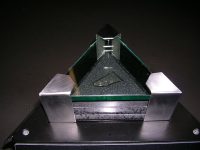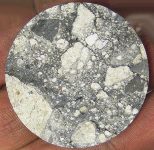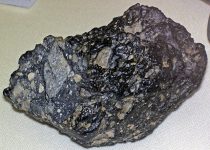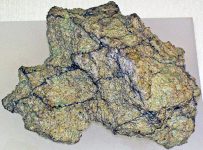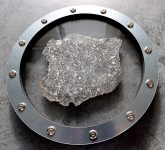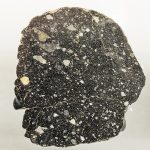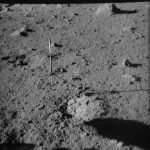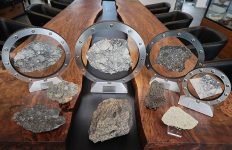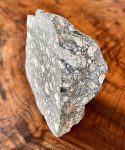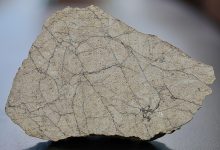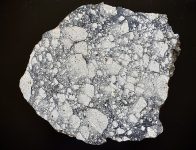Lunar Meteorites
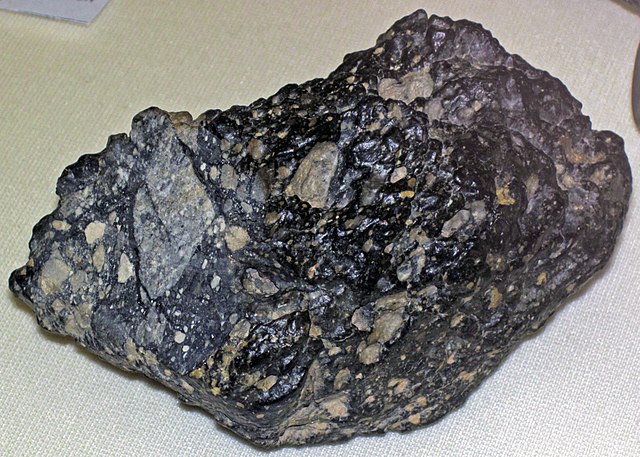
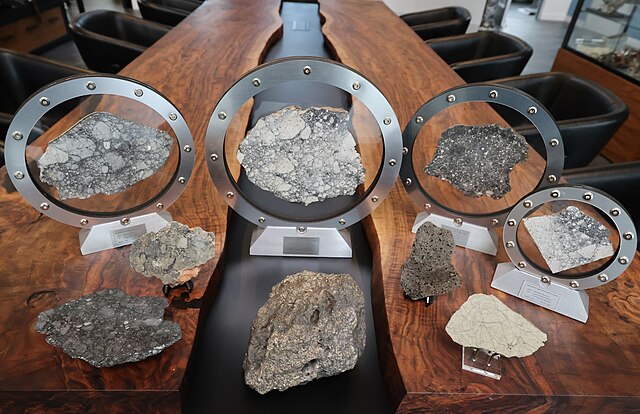
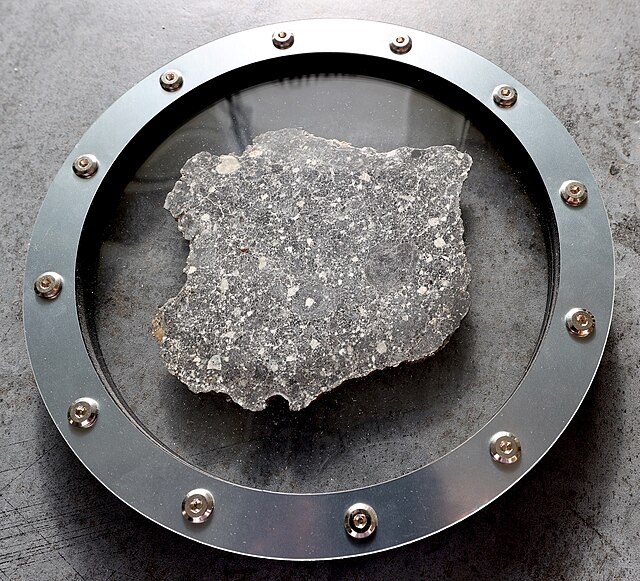
Lunar
Lunar meteorites are fragments of the Moon that have been ejected into space by impact events and subsequently landed on Earth. These rare and scientifically valuable rocks provide direct insights into the geological history of the Moon, offering complementary data to the samples returned by the Apollo missions and other lunar missions.
Origin and Ejection
Lunar meteorites originate from the surface of the Moon, where they were dislodged by powerful impacts from asteroids or comets.
Impact Events
When a large asteroid or comet strikes the Moon, the energy released can eject fragments of lunar rock into space. These ejected materials can travel through space for millions of years before being captured by Earth’s gravity and falling as meteorites. The ejection process involves high velocities, and only the most robust fragments survive the journey through space and entry into Earth’s atmosphere.
Lunar Source Regions
Lunar meteorites come from various regions of the Moon, including the highlands, maria, and volcanic areas. This diversity provides a broader understanding of the Moon’s geological history than samples from a single location.
Classification and Composition
Lunar meteorites are classified based on their mineralogy, texture, and chemical composition. They are broadly divided into three main groups: anorthositic, basaltic, and brecciated meteorites.
Anorthositic Meteorites
Anorthositic meteorites originate from the lunar highlands and are composed primarily of the mineral anorthite, a calcium-rich plagioclase feldspar. These meteorites are typically light-colored and represent the ancient, heavily cratered highland crust of the Moon.
Basaltic Meteorites
Basaltic lunar meteorites are derived from the lunar maria, the dark, volcanic plains on the Moon’s surface. They are composed mainly of pyroxene and plagioclase, with some olivine and ilmenite. These meteorites provide valuable information about the volcanic activity that occurred on the Moon billions of years ago.
Brecciated Meteorites
Brecciated lunar meteorites are composed of fragments of different rock types that have been fused together by the heat and pressure of impact events. These meteorites often contain a mix of highland and mare materials, providing a composite view of the Moon’s geological history.
Scientific Significance
Lunar meteorites are of immense scientific value, offering unique insights into the Moon’s formation, evolution, and geological processes.
Insights into Lunar Geology
Lunar meteorites provide direct evidence of the Moon’s geological diversity. By studying these meteorites, scientists can gain a better understanding of the processes that have shaped the lunar surface, including impact cratering, volcanism, and tectonics.
Complement to Apollo Samples
While the Apollo missions brought back valuable samples from specific sites on the Moon, lunar meteorites offer a wider geographical coverage. This broader sample set helps to fill in gaps in our understanding of the Moon’s overall geological history.
Clues about Solar System History
The study of lunar meteorites also provides clues about the history of the solar system. Since the Moon’s surface is relatively unaltered compared to Earth’s, lunar meteorites can preserve records of early solar system events, such as the Late Heavy Bombardment, which shaped the surfaces of the Moon and other terrestrial planets.
Identification and Recovery
Lunar meteorites are identified based on their mineralogical and chemical similarities to known lunar samples. Their recovery often involves searching for meteorites in remote locations where terrestrial contamination is minimal.
Antarctic and Desert Finds
Many lunar meteorites have been discovered in Antarctica and desert regions, where the stark, barren landscapes make meteorite recovery easier. The cold, dry conditions of Antarctica also help to preserve the meteorites from weathering and contamination.
Laboratory Analysis
Once recovered, lunar meteorites undergo detailed laboratory analysis to confirm their lunar origin. Techniques such as petrographic microscopy, electron microprobe analysis, and isotopic studies are used to determine their mineralogy, chemistry, and age.
